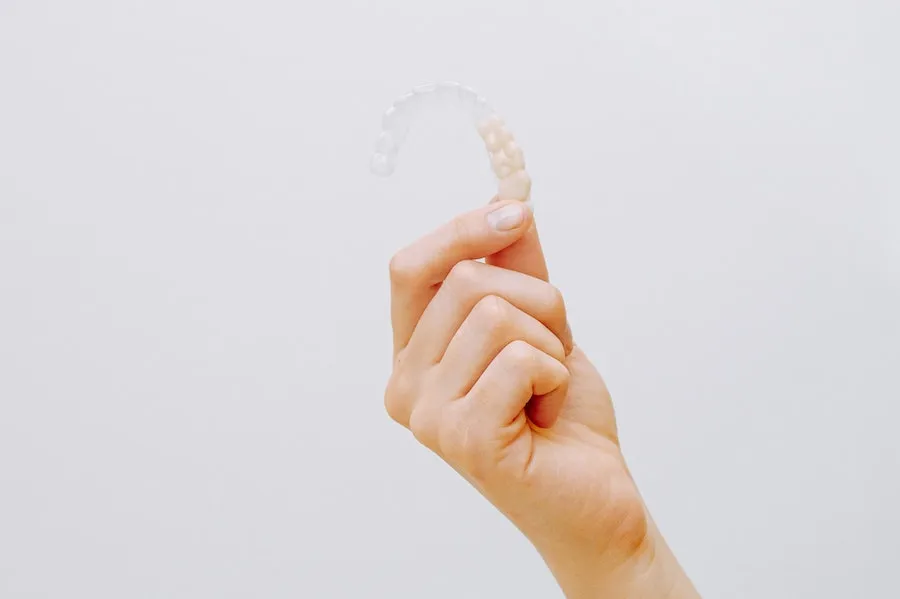
Over the years, patients who want to achieve beautiful alignment through a discrete orthodontic treatment approach have made Invisalign™ their premier choice for orthodontic care. While Invisalign aligners excel in delivering straight teeth seamlessly, they have struggled when addressing more intricate bite issues, often leading orthodontists to resort to traditional braces for such cases.
However, buttons and attachments, designed specifically for upper and lower teeth, have revolutionized the landscape of clear aligner trays. At aligned. Orthodontics, we’re thrilled to offer Invisalign to patients, even when faced with complex orthodontic challenges, as a low-profile way to redefine their smile.
Invisalign attachments work seamlessly with your clear aligners, introducing an extra dimension of force essential for tackling advanced tooth rotation and movements. Explore the intricacies of Invisalign attachments, how they function, the various types, and the precise placement techniques that will guide your smile into alignment.
Orthodontic Treatment with Invisalign Attachments
Button attachments enhance the force applied by Invisalign aligners, guiding teeth in the necessary direction to address orthodontic concerns. While not everyone undergoing Invisalign treatment will need attachments, they prove especially beneficial in intricate cases requiring additional tooth movement to perfect your bite and achieve proper alignment.
The quantity and placement of Invisalign attachments are tailored to your smile’s specific needs. Your Invisalign system, designed uniquely for your smile by Dr. Amanda Vanderstelt, may include customized attachments, some even crafted with distinct shapes! These attachments play a pivotal role in creating long-lasting smiles for patients of all ages.
Invisalign Aligners & Buttons
In addition to buttons, rubber bands play a crucial role in directing the movement of both upper and lower jaws. Aligners, on their own, lack this capability, but buttons provide the necessary support for attaching rubber bands. By allowing rubber bands to stretch between the attachments on the jaws, they facilitate gradual changes in your jaw alignment over time.

Invisalign Aligners & Attachments
Invisalign or Smartforce attachments consist of small, tooth-colored dots crafted from a composite filling material, serving as anchor points to facilitate tooth movement. These attachments seamlessly click into grooves within your aligners, essentially enhancing their grip on your front and back teeth.
Placing Invisalign Attachments
The process of placing attachments on teeth is a simple procedure conducted by our team at aligned. Orthodontics. It involves using a personalized Invisalign template to apply bonding material accurately to specific teeth in their correct positions. Dental composites are applied to each designated tooth, and a specialized light is used to ensure that these small enhancements harden securely in place.
FAQs
Can you see Invisalign attachments? Invisalign attachments are small and tooth-colored, aiming to blend with your teeth. While they may be slightly visible at close inspection, they generally remain inconspicuous during regular interactions. The visibility can vary depending on factors like the number and placement of attachments, but for many, they are discreet enough to maintain the overall “invisible” appearance of the Invisalign treatment.
Do Invisalign attachments hurt? Initially, some individuals may experience mild discomfort or sensitivity after getting Invisalign attachments placed or replaced. This discomfort is often temporary and usually subsides within a few days as your mouth adjusts to the attachments.
Is it harder to care for teeth with attachments? Wearing clear aligner trays requires regular flossing and frequent brushing to prevent tooth decay. When using attachments, it’s crucial to take extra care in cleaning food particles that may become lodged around the bumps on your teeth.